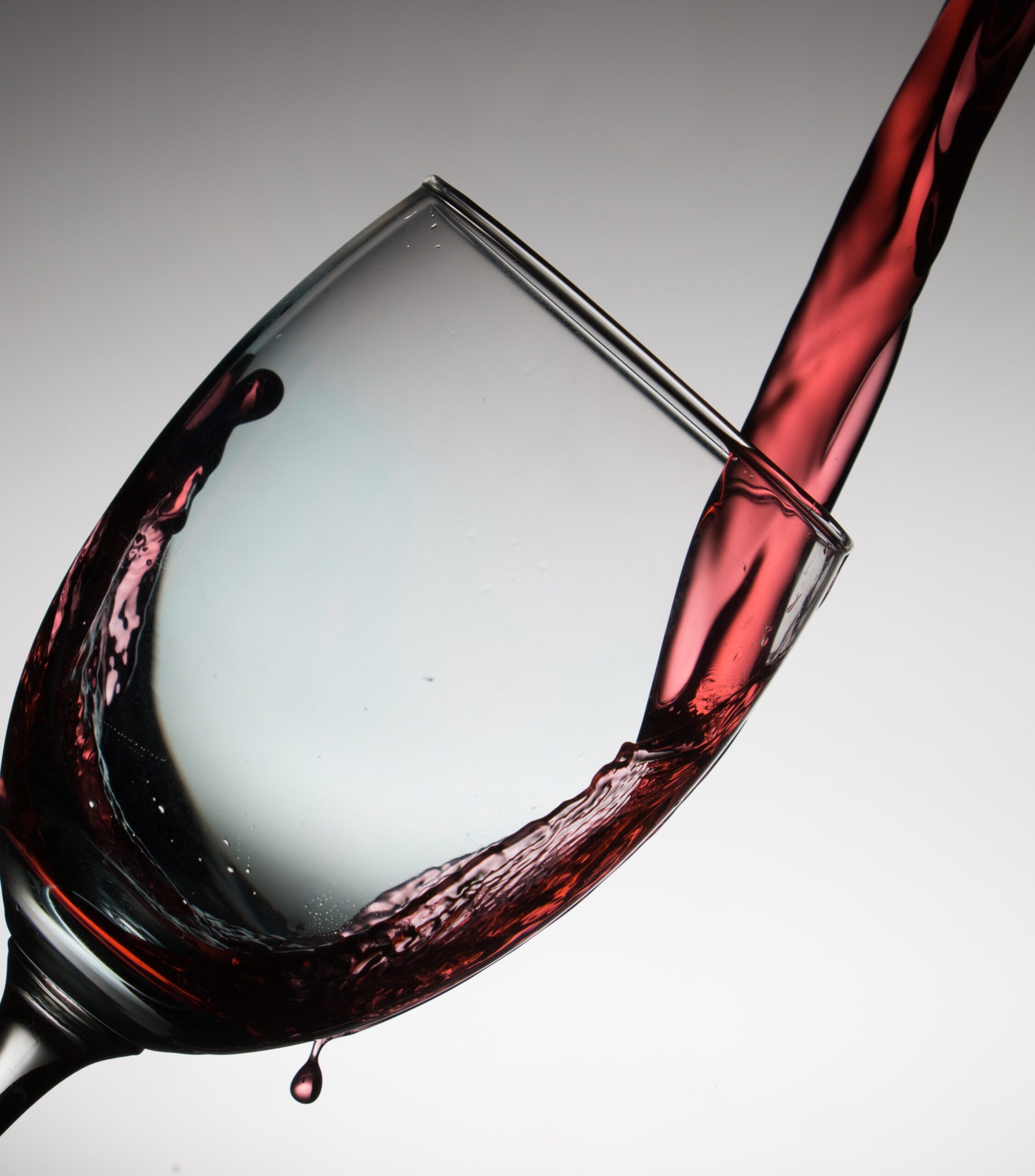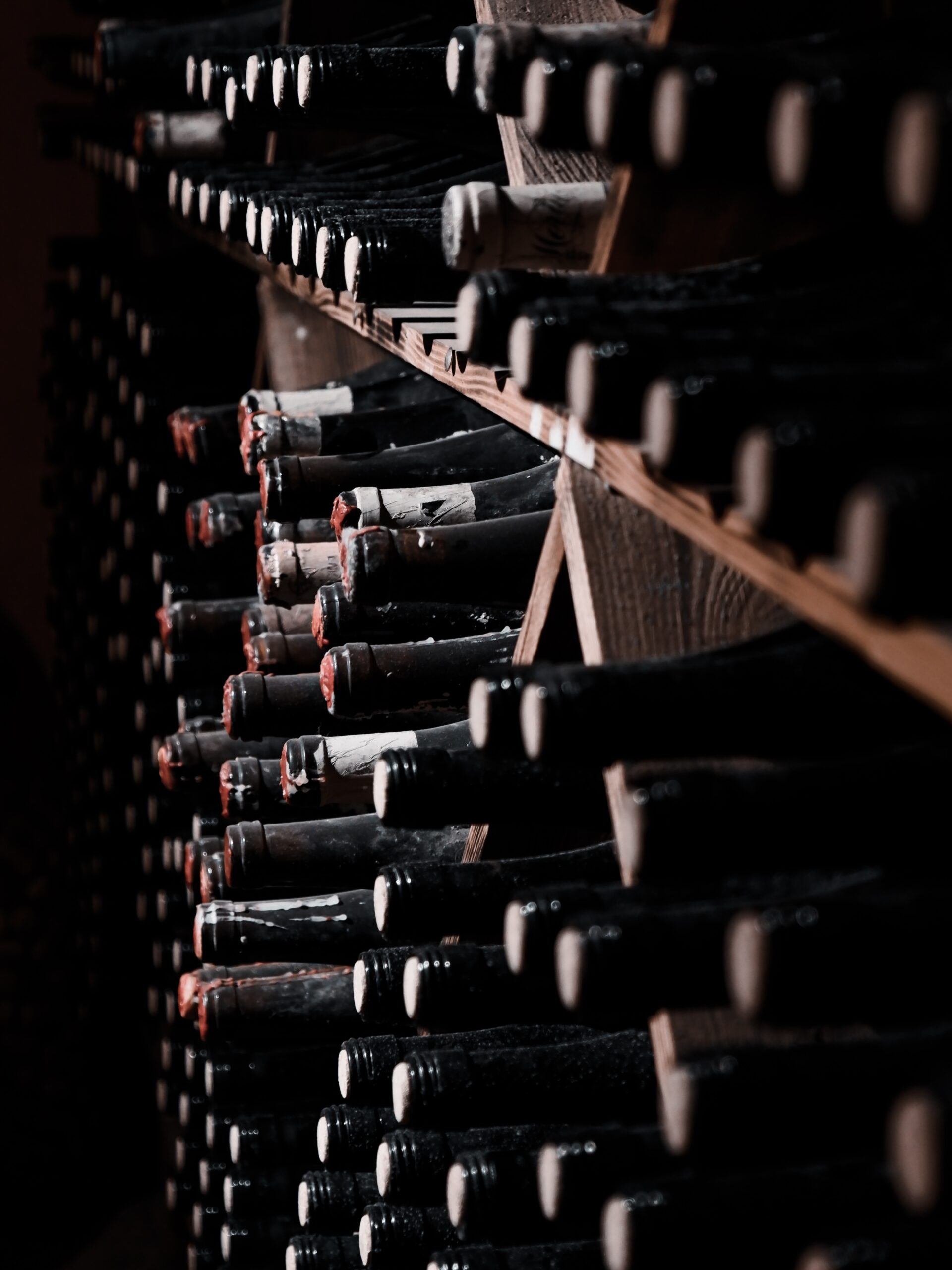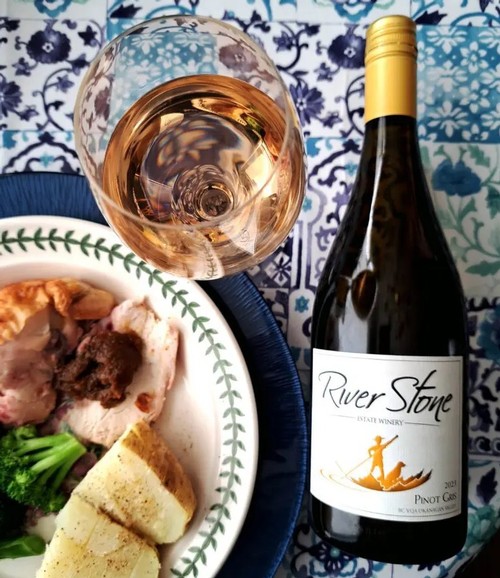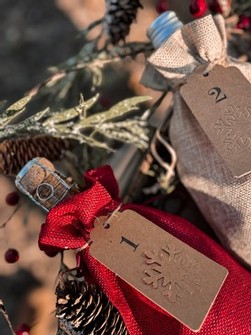Age with Grace – An Introduction to Collecting and Cellaring Wine
If you’re captivated by the velvety texture of a well-aged red or the enchanting aroma of a matured white, it might be the right time to venture into the world of wine cellaring. Much like how ‘aging with grace’ adds depth and character to our lives, the art of collecting and cellaring wine takes us on a transformative journey, unlocking new flavours and elevating the tasting experience.
Before we get into the how-to’s, let’s understand the what’s what of cellaring wine. Simply put, it involves storing wine bottles for an extended period, allowing the nectar inside to mature and expand in complexity. As time progresses, the wine interacts with oxygen, tannins and acids, resulting in a medley of evolving flavours.

Choosing the Right Wine for Cellaring
Not all wines age equally well. While some bottles gracefully mature like fine wine royalty, others may peak early and are best enjoyed young. The key is to select wines with high acidity, pronounced tannins, ample structure and balanced sugar content.
The aging potential of wines varies depending on the grape, winemaking techniques, and the region. Wines with the best structure, that is a wine with tannins backed up by distinct acidity and concentrated nuanced fruit flavors, age the most gracefully.
Red Wines
Generally, red wines have a longer aging window compared to whites. The best aged reds have the four foundational flavors – a balance of fruit, sugar, acids, alcohol and tannins, and tend to span between 10 and 20 years. Some noteworthy varietals to consider for your cellar:
- Cabernet Sauvignon: a varietal that is loved for its richness and age worthiness. In its youth, this varietal may display tightly wound characteristics with assertive tannins and prominent oak influence. However, with time it softens and evolves, thriving under the right conditions for 10-20+ years.
- Nebbiolo: boasting translucency and delicacy but a robust taste, Nebbiolo can age for 10-20 years or even long depending on the wine’s structure.
- Syrah: another full-bodied wine which tends to have softer tannins and jammier fruit, ages well between 8-15 years, but some exceptional can endure for up to 20 years.
- Fortified Wine: Ports, in particular, age beyond 10 years due to the high sugar and alcohol content which slows the aging process. Some can open well after even a hundred years!
Check out River Stone’s selection of reds, particularly Stones Throw, a true Bordeaux-style blend which ages well for 7-10 years.
White Wines
Whites don’t age as long as reds because they are not fermented on their grape skins. Those with strong acidity and sweetness are considered the best candidates for aging. Notable white varietals include:
- Chardonnay: the most well-known of whites that are age-worthy and are enjoyed 5-10 years after bottling.
- Riesling: can be enjoyed both young or aged depending on the style and structure of the wine. The best examples can improve over 3-5 years, with some aging gracefully for up to 10 years.
- Semillon: known as a variety blended in the white blend of Bordeaux, this varietal has been shown to age well within 5 years, developing nutty flavors over time.
How to Start Cellaring Your Wine Collection
Ready to get started? Here are the key areas to consider as you begin collecting:
Start Small
Begin with a modest collection of 6 to 12 bottles. This allows you to experiment with different varietals and vintages without committing to a massive collection.
Diversify Your Selection
Aim for a variety of wines, including a range of structured reds and whites from varying regions and winemakers. Diversification ensures you’ll have a delightful assortment to suit any occasion.
Set a Budget
Cellaring wines can be an investment, so establish a budget that aligns with your passion for fine wine.
Storage Solutions
If you don’t have a dedicated wine cellar, invest in a wine fridge or find a cool, dark, and undisturbed spot in your home. The basement or space underneath the stairs can be ideal locations to build your cellar. Some ideas for cellar ideas and designs are listed here.
Creating the Ideal Environment for Your Collection
Wine, like a temperamental diva, requires the perfect setting to age gracefully. Remember these tips to create the ideal environment for your vintages:
- Steady Temperature: Maintain a constant temperature between 50 to 59°F (10 to 15°C). Fluctuations can cause unwanted reactions, ruining the taste party.
- Darkness Reigns: Shield your bottles from the spotlight by storing them in a dark place. Sunlight can wreak havoc on the wine’s delicate components.
- Say No to Vibrations: Keep the cellar serene and steady, as vibrations can jostle the wine and disrupt its peaceful aging process.
- Relative Humidity: Aim for a relative humidity level of 60-80% to prevent corks from drying out and spoiling the precious contents, as well as controlling moisture to avoid mold.
How Many Bottles Should You Aim For?
The beauty of wine cellaring is that there’s no one-size-fits-all answer. Aim for a collection size that suits your drinking habits, storage capacity, and budget. A range of 50 to 100 bottles is a good goal for seasoned enthusiasts, while beginners can find joy in nurturing a smaller collection.

Cellaring wine requires patience and a steadfast commitment. Unlike instant gratification, aging wine can take years before reaching its peak. But the rewards are truly worth the wait. With each passing day, each bottle evolves revealing new layers of flavours and aromas. It’s akin to opening a time capsule that preserves the essence of the vineyard and winemaking artistry. These treasures reflect the intricate complexity that only grows more profound with time.



